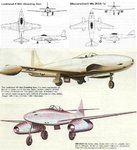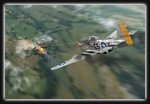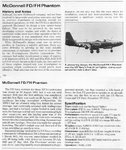And in what way is Germany "well ahead" in metallurgy today? I don't see any breakthroughs in heat treating, processing, welding or any other processing associated with producing aircraft
FLYBOYJ, what fighter aircraft besides the Eurofighter does Germany build today ?
Anyway I wasn't talking appliance within aircraft production specifically FLYBOYJ, just metallurgical science in general. A good example today as-well as back in the day is the metals generally used in AFV's, guns and tools (of all kinds nearly) the methods in which they are machined refined.
As to production capabilities, sure the Germans can't mass-produce in the same scale as the US but they make up for that in the quality of their work, much like the Swiss - You don't have to look far to notice either.
Point is Germany specializes itself very much within steel-making having depending on huge exports in this area.



